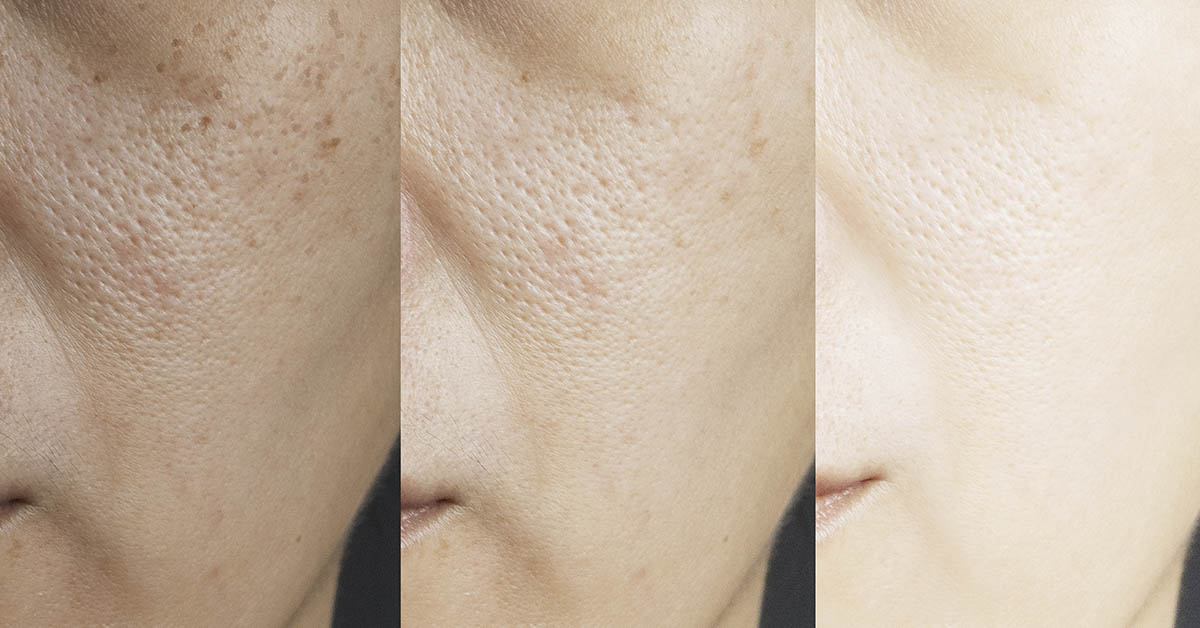Founder Victoria Tsai was inspired by her own skincare journey to start the beauty company Tatcha. She had acute dermatitis that needed daily antibiotics and steroids to manage. But when she visited Kyoto, she learned Japanese beauty rituals that healed her skin. So she worked with a team of scientists, geisha, and cultural advisors to create Tatcha’s The Classic Ritual, an ideal way to wash your face based on the methods in a book over 200 years old. [1]
The Miyakofuzoku Kewaiden
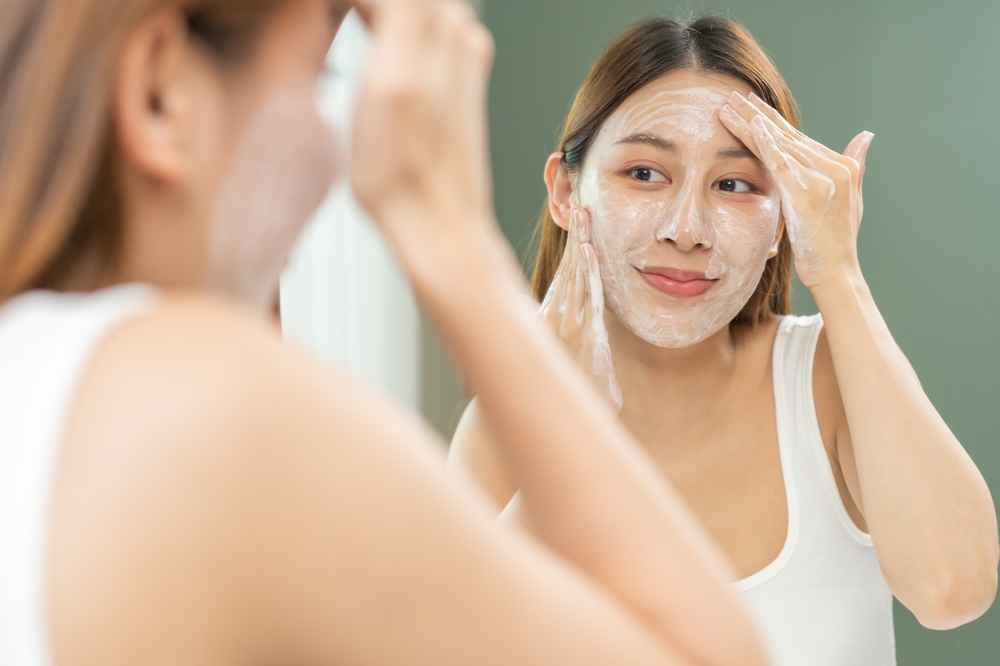
The Miyakofuzoku Kewaiden (which translates as “Capital Beauty and Style Handbook”) was an early guide on style and grooming that became a reference for geisha. It gives tips about makeup, hairstyles, clothes, and skin care, where it recommends using green tea, algae, and rice
“Rice is a staple of the Asian diet,” Dr. Madhuri Agarwal, founder of Yavana Aesthetics Clinic. “Being an economical and natural ingredient, it can be easily added to the everyday skincare routine. Indians consume rice water for its starch content to hydrate the body in debilitating health disorders. Meanwhile, Japanese and Korean women have been using it since centuries in their skincare regimen for its rich mineral content that aids healthy skin.” [2]
According to Agarwal, the starch in rice water is sometimes added to bathwater to help reduce itchiness in skin conditions like atopic dermatitis. Plus, some experts recommend it for hydrating the skin, soothing sunburns, and reducing blemishes, although more research is needed to confirm these benefits. Rice enzymes can help wash the face and rice powder can gently exfoliate the skin. So rice water, either from boiling or soaking, can be used as a facial cleanser during another traditional technique: double-cleansing.
Read More: Teen girl so infested with head lice they’re “drinking blood out her face”
How to Wash Your Face With Double-Cleansing
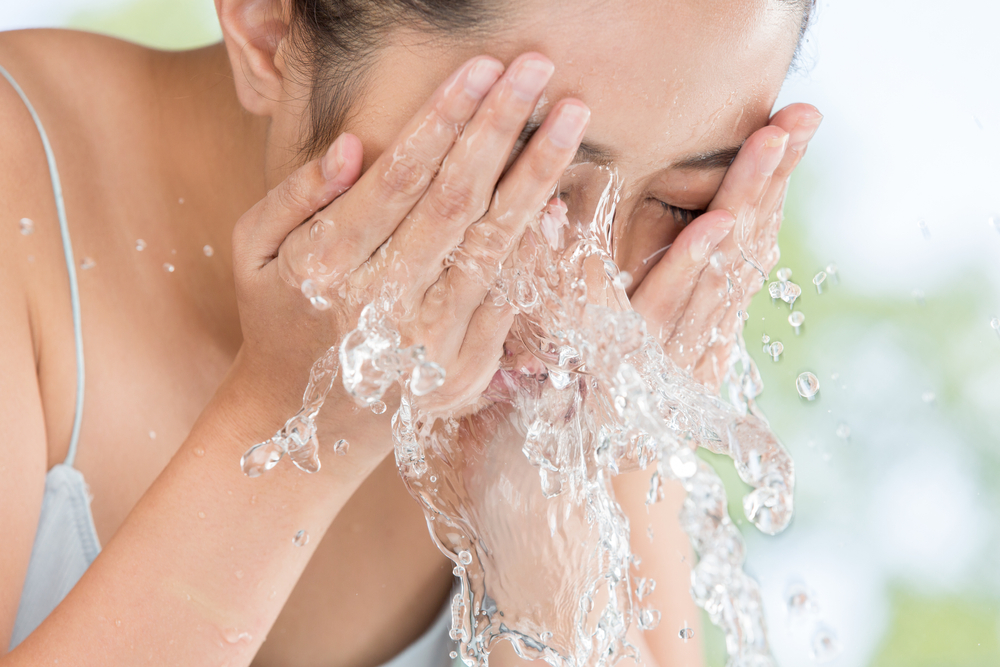
“In the Miyakofuzoku Kewaiden, the 1813 beauty book that our collection is based on, skincare is the first chapter, and cleansing is the very first step of the ritual,” says Tsai. “Unburdening the skin and bringing it back to its most pure, fresh state is crucial in properly caring for it.” [3]
Double-cleansing simply means washing your face twice but with two different kinds of cleansers. It can be as simple as using a makeup remover before using a face wash. “The first cleanse removes surface debris such as makeup, oil, and even pollution, while the second cleanse is considered a ‘true cleanse,’ ensuring that everything accumulated on the skin has been adequately removed, providing a pure canvas for all products that follow, ultimately allowing for maximum penetration,” said Kim and Zoe Roebuck, founder of Australian skincare line Dr. Roebucks.
No one likes to think about this, but the face gets dirty throughout the day. We touch our faces often without even realizing it, all the while transferring bacteria from our fingers. “It may not look like it, but by the end of the day, there’s a lot on our skin: makeup, sunscreen, pollution, sweat, even dead skin cells,” says Tsai. “Double cleansing helps to reduce the look of pore size, diminish the appearance of fine lines, wrinkles, and sun spots, and refine the surface texture of the skin.”
Benefits
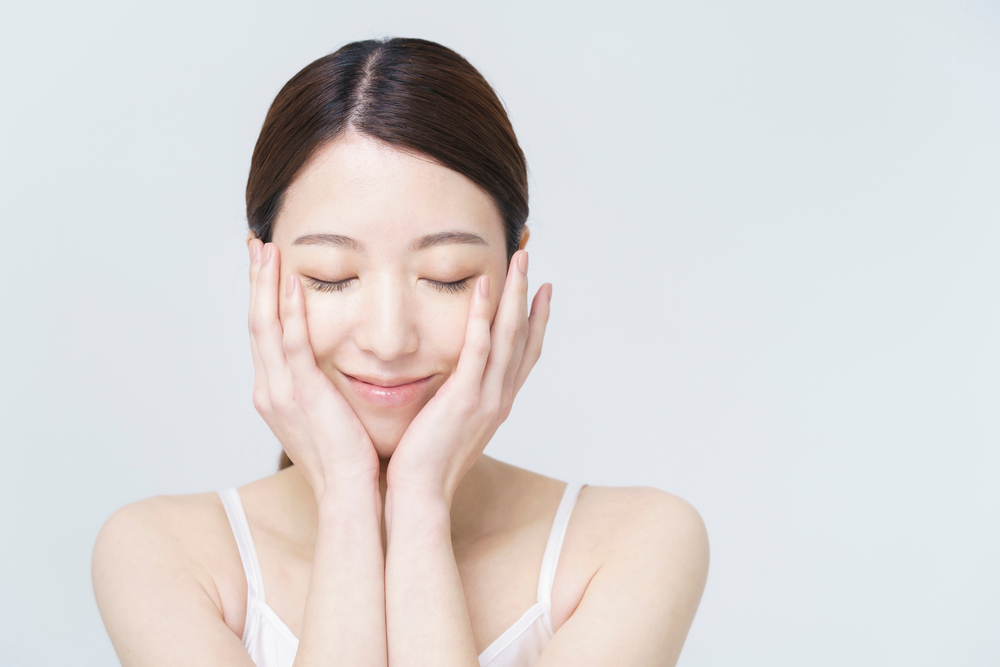
People who wear makeup and sunscreen (and everyone should be wearing sunscreen) can greatly benefit from double-cleansing. However, there’s no universal way to wash your face; it depends on the individual skin type. (For instance, extremely dry and sensitive skin can feel irritated after daily double cleanses, but it could still be very beneficial if done only a few times a week.) Essentially, the first cleanse removes the dirt and debris from the skin with an oil-based cleanser. Then, the second cleanse requires a water-based cleanser like a gel or foam to deeply clean the pores.
Read More: This is Why You Shouldn’t Wash Your Bath Mats in the Washer
Double-Cleansing According to Skin Types
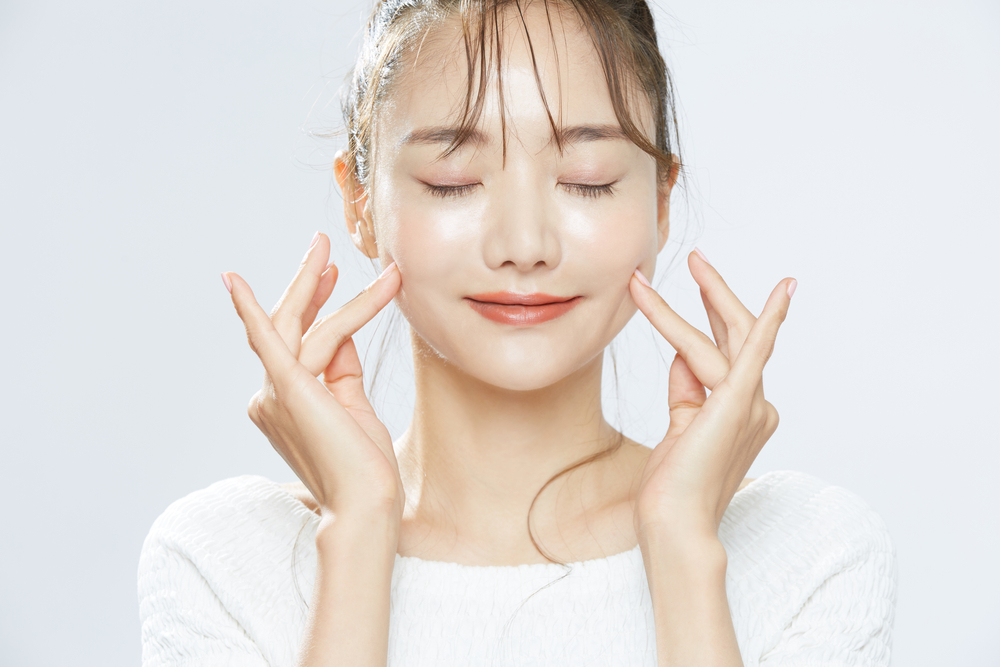
The details — like what cleansers to use and what skin types — are all debated among experts, but here is a general baseline. People with acne-prone skin may benefit the most from the double-cleansing method. Celebrity esthetician Renee Rouleau suggests starting with a gentle, milky cleanser (not oil-based) on dry skin — even when it’s covered in makeup and sunscreen. Massage for 30 seconds, then wet your hands and massage for another 30 seconds before rinsing well. Then use a foaming or gel cleanser to wash your face before drying it with a towel. Ensure the products you use don’t leave a residue and don’t make your skin feel dry.
Dry skin needs a different technique. First, use a gentle cleansing oil then a deeper cleaning oil cleanser instead of a foaming cleanser to avoid stripping the moisture from the skin. For aging skin, Tsai recommends a more traditional approach. “In clinical studies, researchers have found that cleansing with oil and exfoliating with rice powder delivers results comparable to those one would only typically expect from an anti-aging moisturizer.” So begin with an oil-based cleanser and move on to a gentle rice enzyme cleanser to gently exfoliate the skin.
If you’re planning on trying double-cleaning, it may take some trial and error to find the best method for you. You may have to try different product combinations or reduce or increase the number of times you wash your face. But no matter your skin type, a good cleanse always feels great.
Read More: What Happens When You Don’t Wash Your Sheets
